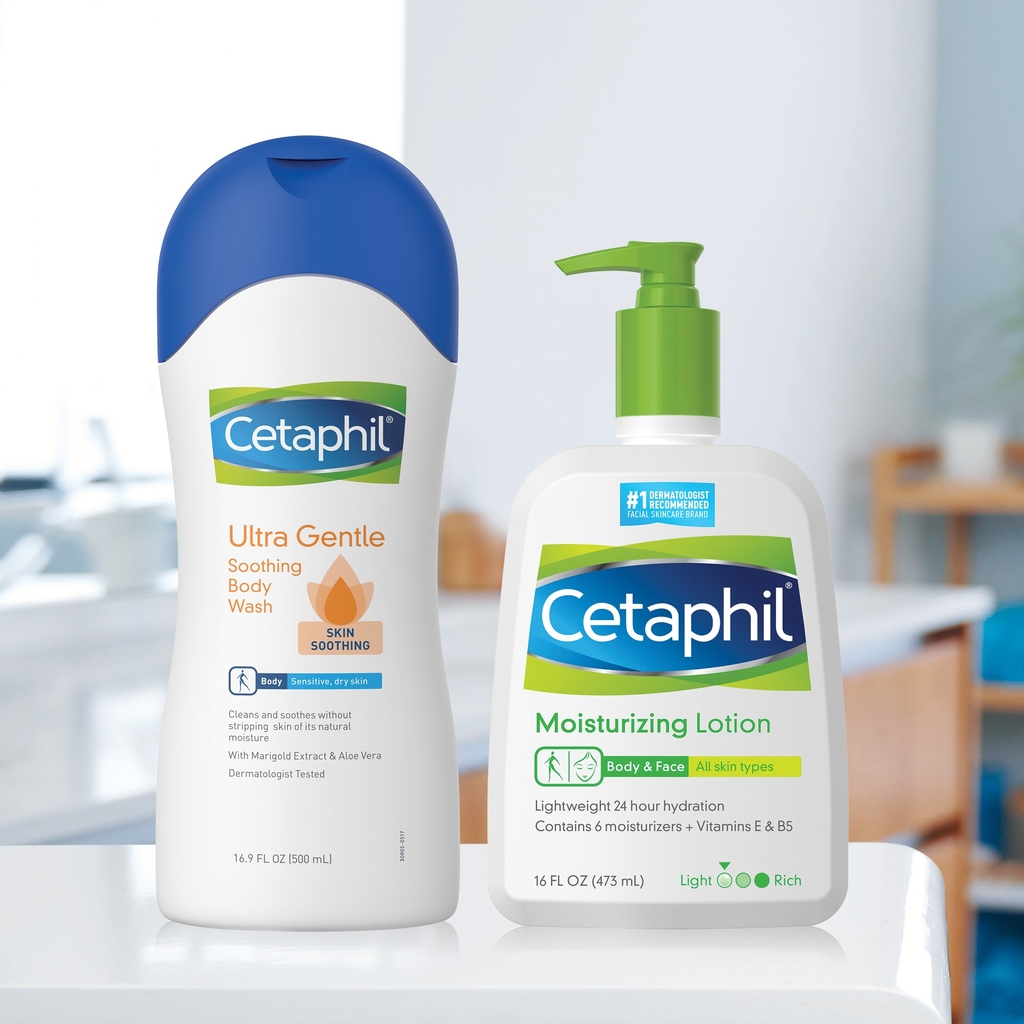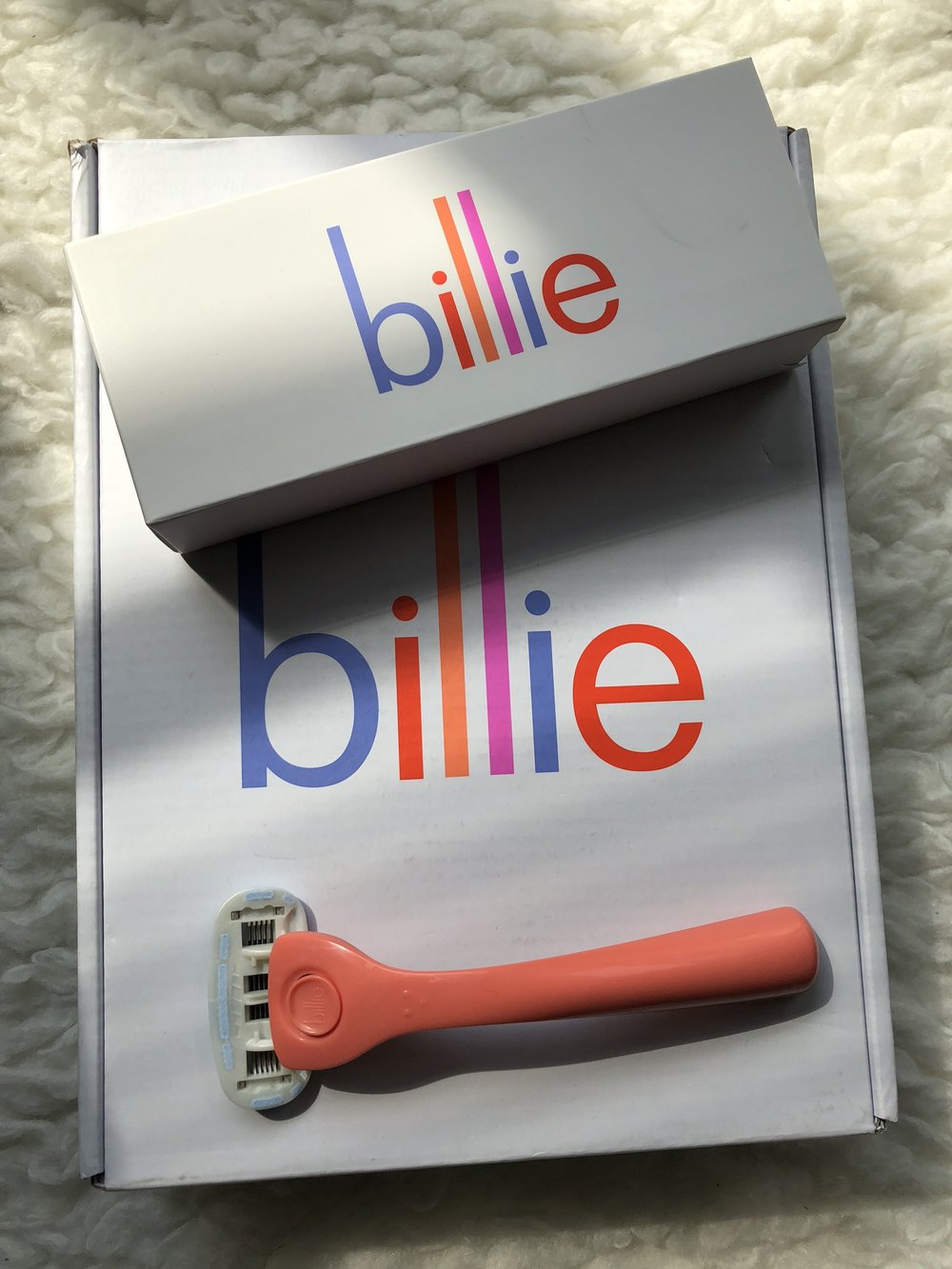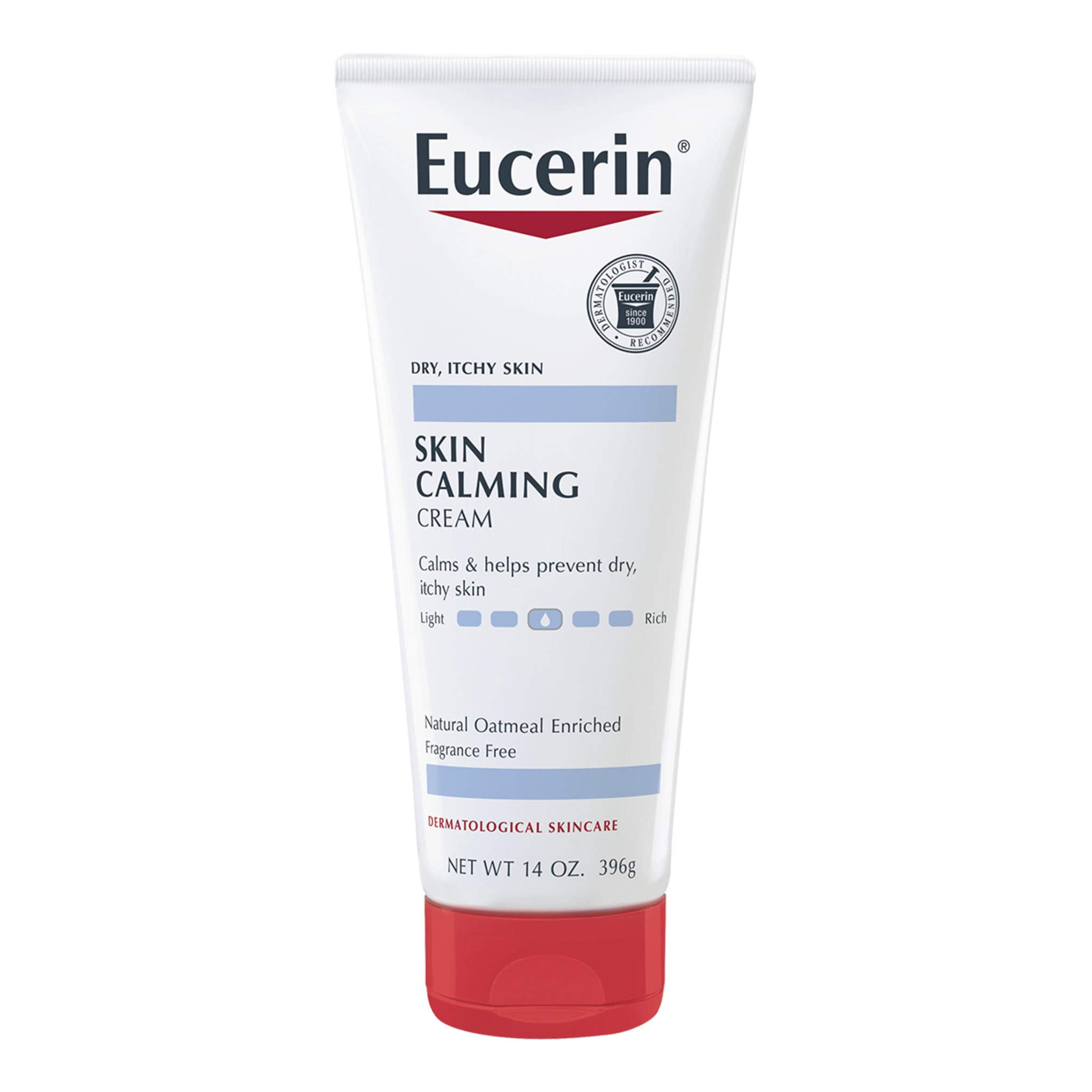As humans, hair growth is a natural phenomenon that occurs on different parts of our body. While some people have minimal hair growth, others may experience more hair growth than usual. One such place where women may experience hair growth is on their arms. While the societal norm has painted the image of a woman as hairless, it’s time to discard these beauty standards and embrace your natural self.
In this article, we’ll discuss the topic of women with hairy arms and how they can embrace their natural beauty.
Women with Hairy Arms: IS it normal?
Women with hairy arms are not uncommon, and many celebrities have been spotted flaunting their natural arm hair. The Grammy award-winning singer Lorde has been an advocate for embracing body hair, including her own arm hair. Similarly, Madonna was photographed with unshaven underarms in the 90s, challenging societal beauty standards. Additionally, Miley Cyrus, Julia Roberts, and Drew Barrymore, among others, have also embraced their natural hair growth.
A History Lesson on Body Hair
According to Rachel Herzig’s book, “Plucked: A History Of Hair Removal,” the trend of having bare arms gained popularity in the 19th century, partly due to Charles Darwin’s theory of evolution. In his work, “The Descent Of Man,” the renowned biologist proposed that hairlessness was a sign of evolutionary superiority.
The media embraced this idea, further promoting the notion that being hairy was associated with being “less developed.”
Controversial studies on women’s body hair have abounded throughout history. Herzig references a study from 1893, suggesting that women with excessive facial hair were more prone to mental illness. Moreover, Havelock Ellis, a scholar in human sexuality, claimed that women with thicker and stiffer hair were more inclined towards violence and animalistic behavior. Remarkably, these views still persist today, with evolutionary biology professor Mark Prager explaining to the DailyMail that the removal of all body hair is associated with cleanliness and the elimination of parasites, making smooth skin a symbol of good health.
Given the dubious science surrounding this topic, it’s no wonder that body hair became such a taboo in the 20th century!
If you still desire a hairless arm, then please read the section below to find a suitable method for you.
How To Get Rid Of Arm Hair
Shaving: This is the quickest and easiest method. You can use a razor and shaving cream to remove hair from your arms. However, the hair will grow back relatively quickly, and there’s a risk of razor bumps and irritation.
Waxing: Waxing pulls hair out from the roots, giving you smoother skin for a longer period compared to shaving. You can either do it at home with wax strips or visit a professional salon.
Depilatory Creams: These creams contain chemicals that break down the hair, making it easy to wipe or rinse away. Be sure to follow the product’s instructions and do a patch test to check for any skin sensitivity.
Epilators: These electronic devices use rotating tweezers to pull out multiple hairs at once. It can be a bit painful but provides longer-lasting results compared to shaving.
Laser Hair Removal: This is a more permanent solution but typically requires multiple sessions. It involves using laser technology to target and remove hair at the follicle. It’s usually done by a dermatologist or trained technician.
Advice for Women with Hairy Arms
- Don’t be ashamed: Society may have conditioned us to believe that body hair on women is unattractive. However, it’s time to discard these beauty standards and embrace your natural self.
- Wear what makes you comfortable: If you feel confident in a sleeveless top or dress, go ahead and wear it. You don’t need to hide your arms because of societal norms.
- Take care of your skin: If you decide to shave your arms, make sure to use shaving cream and apply moisturizer after shaving. If you choose not to shave, make sure to keep your skin hydrated.
- Find support groups: Social media has many pages dedicated to breaking down societal beauty standards. Find support groups where people share their experiences and support each other in embracing their natural beauty.
- Educate others: Many people might not understand the concept of women with hairy arms. Educating them about the naturalness of arm hair can help break stereotypes and create more acceptance towards natural beauty standards.
FAQs
- Why do some women have more arm hair than others? The amount of hair growth on one’s arm depends on genetics and hormonal imbalances. Some women may have more hair growth due to genetic factors.
- Can arm hair cause any harm? No, arm hair does not cause any physical harm.
- Is it necessary to shave arm hair? No, it’s not necessary to shave arm hair. It’s a personal choice.
- Will my arm hair grow back thicker if I shave it? No, shaving does not change the thickness or color of hair.
- Can I still wear sleeveless clothes if I have hairy arms? Yes, you can still wear sleeveless clothes even if you have hairy arms. It’s all about feeling confident and comfortable in your own skin.
Final Takeaway
Women with hairy arms should embrace their natural beauty without any shame or hesitation. Breaking societal norms and challenging beauty standards is empowering and liberating. Whether you choose to shave or not to shave, it’s all about personal choice and comfort. Embrace your natural self, and always remember that beauty comes in different shapes, sizes, and forms.












